Zoa Pox
Written by: Thanh Nguyen & Reef Junkie
Contributions by: Who Dah?, Mr. Ugly, photographers listed in article, ZoaPox discussion on ReefCentral
Rev 1.4 2007.01.10
Many Zoanthid enthusiasts cringe at the thought of the disease coined 'Zoanthid Pox', 'ZoaPox', or 'Zoa Pox' and yet we still know little about it.
It starts with the formation of small yellowish/white marks on the outside stalks of Zoanthids. Eventually the polyps begin to close up and get covered with this 'Pox'. Finally, the afflicted polyps begin to recede and eventually die.
Entire colonies can be consumed by this affliction and the process can happen quickly on small colonies or can drag out for months on larger ones.
As a side note and as of the date of this article, Palythoa incidents seem isolated w/ no photographic proof of infection. There are some hobbyists that believe that Palythoa are immune due to their high concentrations of toxins, but this theory is a hypothesis only at this time.
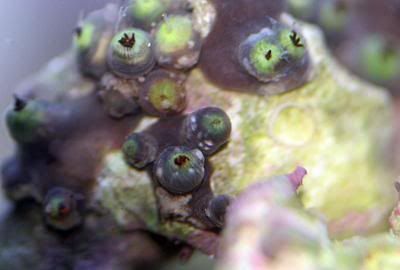
Figure 1: A ZoaPox infected colony. (Image Provided by Kirk M from Reef Central.)
The Cause(s)
Although the exact cause is not known, there is speculation into what triggers ZoaPox. Most of this information was gathered by sharing symptoms throughout our fellow Zoanthid collecting hobbyists.

Figure 2: A receding colony infected with ZoaPox. (Image provided by bkiba from Reef Central.)
Naturally Triggered
There is speculation that the animals go into a sort of naturally triggered survival mode. Last year a strikingly large number of Zoanthid keepers on Reef Central reported the ZoaPox striking between October and December of 2005 when the Seasons and temperatures changed.
Carbon & Aggressive Skimming
Carbon & Aggressive Skimming may also play a role in the decline of Zoanthids. The reason for this is that both are very effective when it comes to stripping yellowing compounds from Aquarium water. The sudden clarity in the water means increased light penetration. This increased light penetration can cause Xooxanthellae to go into overdrive, forcing the host organism to expel the Xooxanthellae, which is also known as bleaching.
It has been long known that sudden Aquarium water clarity can cause bleaching in LPS and SPS corals in Aquariums that do not normally run Carbon, skim heavy or do not have their Carbon replaced frequently. (Carbon tends to strip fewer nutrients from the water over time and eventually stops working altogether, skimmers need to be cleaned often)
While most Palythoa type Zoanthids will expel their Xooxanthellae (bleach), Zoanthid type polyps do not seem to be as effective at doing this.
In LPS & SPS the results are the same, the coral turns white.
It is possible that Zoanthids cannot expel their Xooxanthellae as quickly as Palythoa, LPS and SPS and therefore may suffer from a toxic buildup of oxygen in their tissues. In Zoanthids, this can lead to retraction, recession and sometimes death!
Attempted Cures
Aquarists that have found their colonies infected with ZoaPox have attempted many different ways to eradicate the disease.
* Fresh Water Dips
* Dips in Strong or weak Lugols solution
* Tetracycline Dips
* Air drying for long periods of time (5 hours)
* Physical removal
* Fragging the colonies
* all of the above!
Most of these techniques have done nothing to halt the progression of the disease. Much to the dismay of the tester, some of these methods killed the colonies altogether.
Some have even had limited success with adding antioxidants (vitamins) to their Aquariums directly. (Very modest doses to prevent algae blooms)
Or even soaking the colonies in a separate container with tank water and crushed vitamins like Vitamin C. Which would be the preferred (albeit time consuming) method. This method is not guaranteed to work and sometimes can cause severe algae blooms, use with caution.
Another proven (by repeated tests) method for eradicating the pox is to remove them from the Aquarium altogether and placing them in another Aquarium with fresh saltwater. (With no water from the Aquarium with the afflicted colonies).
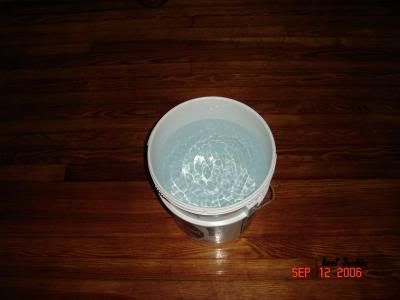
Figure 3: Water changes are crucial in helping stem this problem. (Image provided by Reef Junkie from Reef Central.)
Preventative Maintenance
Since there are so many coincidences when Zoanthid Pox strike, here is a list of some measures Aquarists should consider before the Zoanthid Pox season starts:
1. Check and clean all heaters in the Aquarium. Temperature change seems to play a role in the appearance of the Zoanthid Pox. Keeping your equipment working properly is key. Consider upgrading your heaters if they do not effectively warm the tank water.
2. Check and clean all Powerheads. Since water circulation is the life blood of your Aquarium, keeping them clean and properly functioning will make a huge difference.
3. Keep up with your preventative maintenance. Keep up with your preventative maintenance. Performing regular water changes, changing out old exhausted filter media (Polyfilter Pads, Carbon, phosban) will insure that you do not shock your system by letting it sit too long and then changing it. Also cleaning skimmers, canisters and any other mechanical filter will also insure stability and reduce shock from sudden cleaning and water clarity.
4. Finally, look with your eyes, not with your hands. It is sometimes difficult to do, but your animals will grow and prosper much faster the less you touch or move them. Sometimes it is necessary to do because a fish knocked the coral over, so take the time and mount the coral correctly the first time. Constantly touching a coral will stress it out, stunt it's growth and even cause it to recede and die.
A Cure
Thanh Nguyen has discovered a repeatable cure to Zoanthid Pox!
Now that we know a little more about the problem, here is the rest of the article about the solution provided by Thanh Nguyen.
An Intrepid Aquarist by the name of Thanh Nguyen has made some remarkable leaps in reversing the Zoanthid Pox with Furan-2.
Thanh moved to America from his native country of Vietnam in 1990 looking for a better life. He lived in California for 7 years and then moved to Maryland in 1997 to help his mother who was ill with a brain tumor. She needed surgery and support from her family.
He has always loved tropical fish and his first Salt water Aquarium was a 55 gallon Aqua-clear 500. Like most of us he had his ups and downs keeping a saltwater Aquarium. He then began specializing in fresh water fish and as a result had a lot of success with Furan-2.
Years later in June 2006 he started a new 75 gallon Reef Aquarium keeping Exotic Zoanthids, SPS, LPS and fishes.
He considers himself new to the hobby, but the information he has listed below is priceless and makes him wise beyond his years!
What is Furan-2?
Thanh states: I used to be a Discus hobbyist and fungus is a common illness for these fishes. Furan-2 is often used to cure fungus and it has worked for me for many times.
Furan-2 tablets are effective against a wide variety of gram positive and gram negative bacterial diseases for freshwater and saltwater fish. This medication will cause a harmless green color in the aquarium, which can be removed with activated carbon. This medication can be used in conjunction with Aquarium Pharmaceuticals anti-parasitic medications. This medication will not harm the biological filter in fresh or saltwater aquariums.
For treatment of: Dropsy, furunculosis, gill disease, fin and tail rot and black molly disease.
Instructions (as per the manufacture):
1. Use one capsule for every 10 gallons of aquarium water
2. Wait 24 hours and repeat dose
3. Wait another 24 hours and make a 25% water change
4. Repeat this treatment for a second time for a total of 4 doses of Furan-2
5. Make a final 25% water change and add fresh activated carbon
6. Repeat if necessary
Ingredients:
Each capsule of Furan-2 contains:
* 60mg Nitrofurazone
* 25mg Furazolidone
* 2mg Methylene Blue Trihydrate
Additional requirements for treatment:
* 1 cup of RO new saltwater (Update 2009.03.30: For the sake of clarity, we have edited this article to reflect that a cup of new saltwater, non-tank water but new saltwater of appropriate salinity, is needed. This reference change has been made several times in this article, but is only commented on here.)
* 1 capsule of Furan
* 1 extra cup of Aquarium Water (this is used to wash the Zoanthids after the treatment and before they are put back into your Aquarium; I do this because I don't want to risk Furan killing any of my fish or other corals).*
*Note: Through my experiment I found out that even if you don't wash your Zoanthid before putting it back into the main tank, it will not hurt any live stock or corals, (I have tested this on my own). But I'm washing it anyway just to be on the safe side. (ZoaID.com notes: t is always a good idea to target treat infected animals vs. a global tank treatment when possible!)
PH, Temp, and Salinity Level:
Make sure you match the temp, pH, and salinity level of your RO new saltwater to your current tank before the treatment.
Procedure:
* place 1 capsule into the RO new saltwater cup and mix it good until the RO new saltwater water turns green. Put the zoa in the Furan mix and leave it for xxx minutes. I recommend at least 15 min but not more than 30 min.
* After the treatment, wash the zoas in your tank water on the other cup you had put aside. Then put the zoas back in the tank where there is a stronger flow.
*Note: Your zoa will have a green dye to its body but it is fine. The green dye should fade away in a day or two.
Do 3 treatments in a row then let it rest for 4-7 days; depending on the condition of your Zoanthids. If the ZoaPox is still on the Zoanthids then continue with another three treatments. But make sure you let it rest 4-7 days after every 3 treatments.
Temp:
Keep in mind; during the treatment I slowly increase my temp from 78 to 81-82. Furan works best in higher heat. But I would not go over 82. In freshwater I bump it up to 84-86 for Furan treatment against fungus.
Water Changes:
I also increase my water changes from 5 gal per week to 10 gal every 3 days. (This is in a 75G tank.)
*Note: I did another test on the effectiveness of water change. With water changes my Zoanthids seem to recover quicker. On the other hand, Zoanthids that receive no water changes still recover, but it just takes longer.
Recommended Instructions for long-term treatment of ZoaPox:
1st WEEK
* Day 1: 1st treatment started with 20 min dip
* Day 2: 2nd treatment started with 20 min dip
* Day 3: 3rd treatment started with 20 min dip
Let the colony rest for 1 week
*Note: If your Zoanthid has recovered and you still want to do another dip, please reduce the amount of dipping time when you do so. Also, you don't have to do another treatment if your Zoanthid is completely healed. I'm doing another treatment on mine just to make sure the ZoaPox is completely eradicated.
2nd WEEK
* Day 1: 4th treatment started with 10 min dip
* Day 2: 5th treatment started with 10 min dip
* Day 3: 6th treatment started with 10 min dip
Pictorial Log:
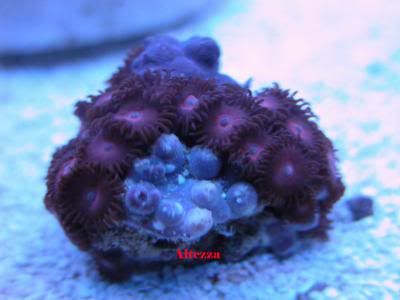
Figure 4: Here is what my Zoanthid looked like when it first arrived. (Image provided by Thanh Nguyen.)
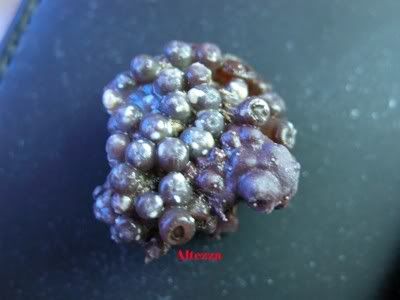
Figure 5: Here is an out of water picture from when my Zoanthid got infected. (Image provided by Thanh Nguyen.)
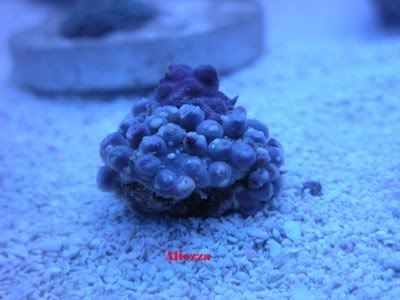
Figure 6: Another shot of the infected Zoanthid colony in actinic. (Image provided by Thanh Nguyen.)
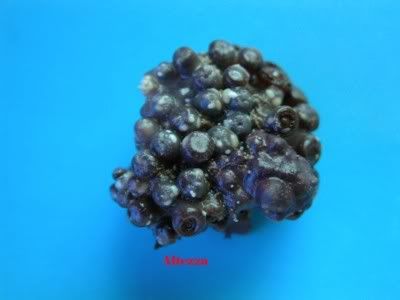
Figure 7: Another out of water shot. (Image provided by Thanh Nguyen.)

Figure 8: Zoanthid colony after 1st treatment. (Image provided by Thanh Nguyen.)
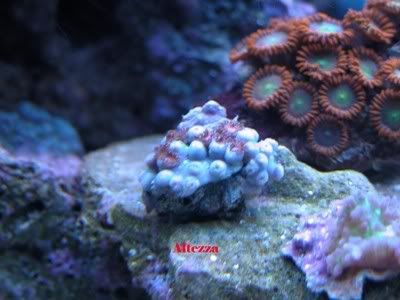
Figure 9: Zoanthid colony on its 2nd day after the treatment. (Image provided by Thanh Nguyen.)
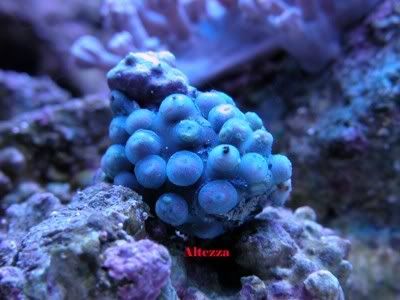
Figure 10: Zoanthid colony on its 3rd day after treatment. You can see some of the white pox have already disappeared. (Image provided by Thanh Nguyen.)
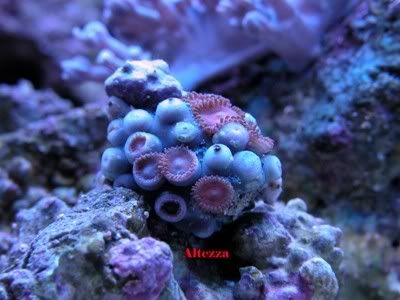
Figure 11: Another shot of the Zoanthid on its 3rd day after the treatment. The polyps have already started to open up and the white pox marks have almost completely disappeared. (Image provided by Thanh Nguyen.)
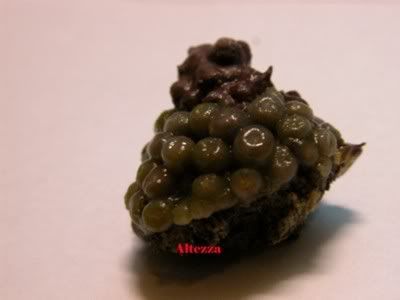
Figure 12: After about a week of rest, here is an update picture of the Zoanthid out of water. Comparing this picture to the first in the set and it is clear that the ZoaPox marks have completely disappeared! (Image provided by Thanh Nguyen.)
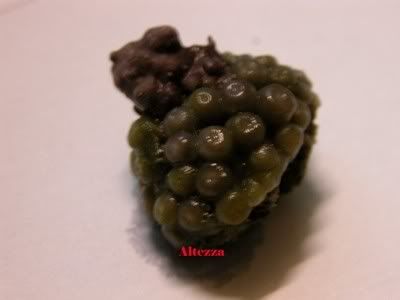
Figure 13: Another side shot of the colony after one week. (Image provided by Thanh Nguyen.)
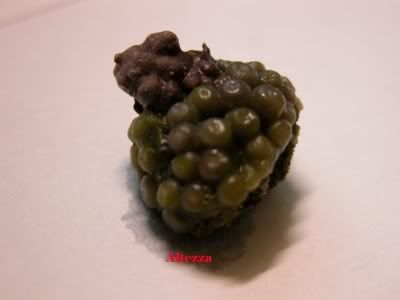
Figure 14: Yet another side shot of the colony. (Image provided by Thanh Nguyen.)
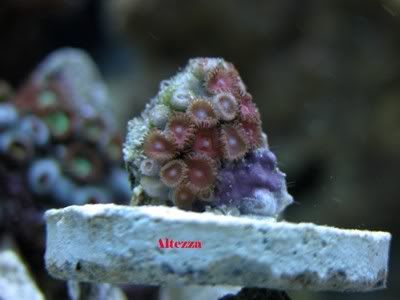
Figure 15: After 2 1/2 weeks after the treatment, the colony is open and returning to life. (Image provided by Thanh Nguyen.)

Figure 16: Another shot under actinic lighting. (Image provided by Thanh Nguyen.)

Figure 17: Almost all of the polyps have already opened. (Image provided by Thanh Nguyen.)
Conclusion:
I have been using Furan-2 for quite some time now. I wish I could prove medically and/or scientifically that Furan-2 really works on ZoaPox, but I think from my own experience and demonstrations, Furan-2 is 'clinically proven' to be the cure for ZoaPox.
All the best,
- Thanh
ZoaID.com would like to take this moment to extend a special thanks to Thanh for sharing this with us and allowing ZoaID.com to present it. Thanks Thanh!!!
Please feel free to e-mail ZoaID with any information and pictures of the Zoanthid Pox you might have using the 'Contact Us' link on the left hand menu.
Sincerely,
-ZoaID.com Team
* Date: 2007.04.12
* By: d.grcich
* Subject: Zoa Pox Treatment pics
* Message: Used furon-2 in a dose of 1 capsule per 3 cups of water. Put rock in a bag to increase dosage and decrease amount of water needed to submerge the whole rock. Dosed for about 20 minutes per dip.
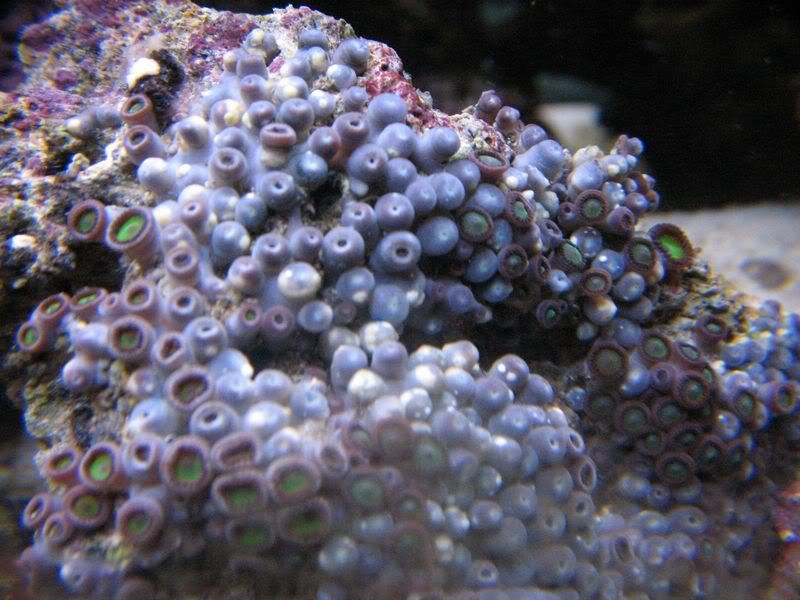
Zoa pox rock after the first treatment, Day 1:
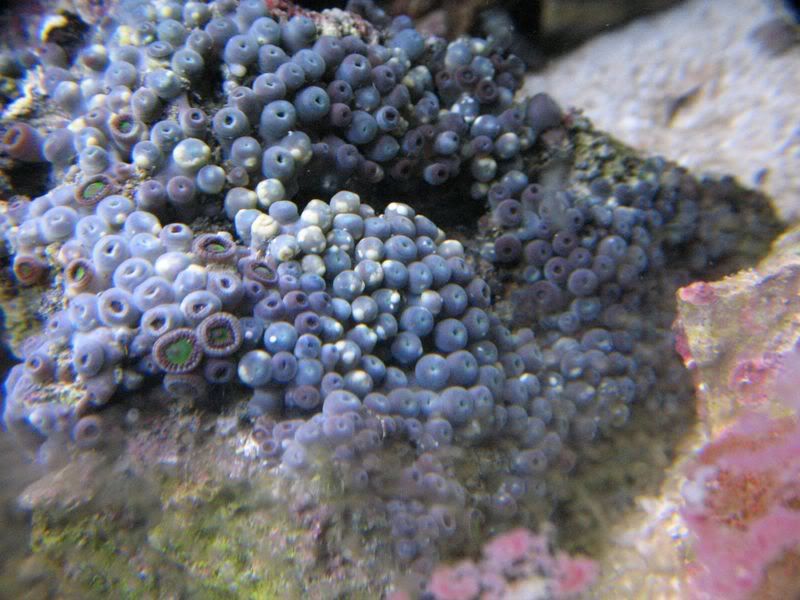
Zoa pox rock after the second treatment, Day 2:
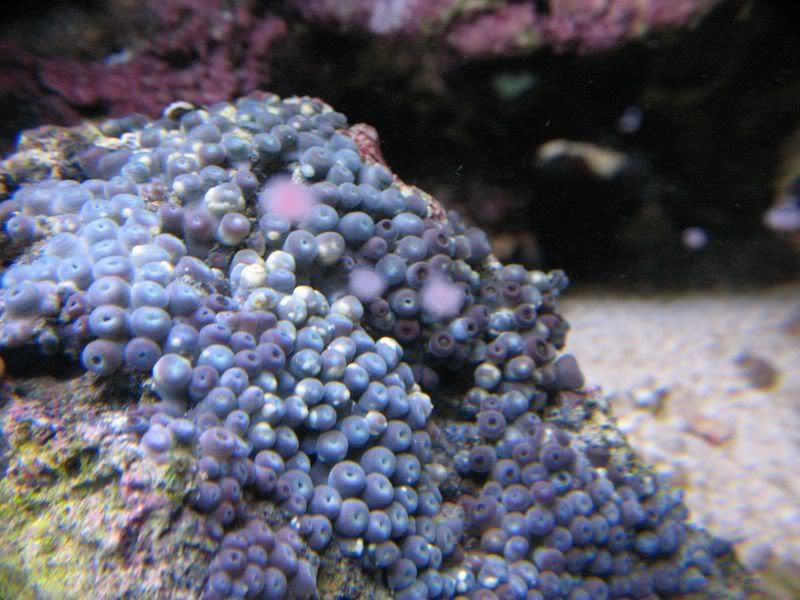
Zoa pox rock after the third treatment, Day 3:

Zoa pox rock after the fourth treatment, Day 4:
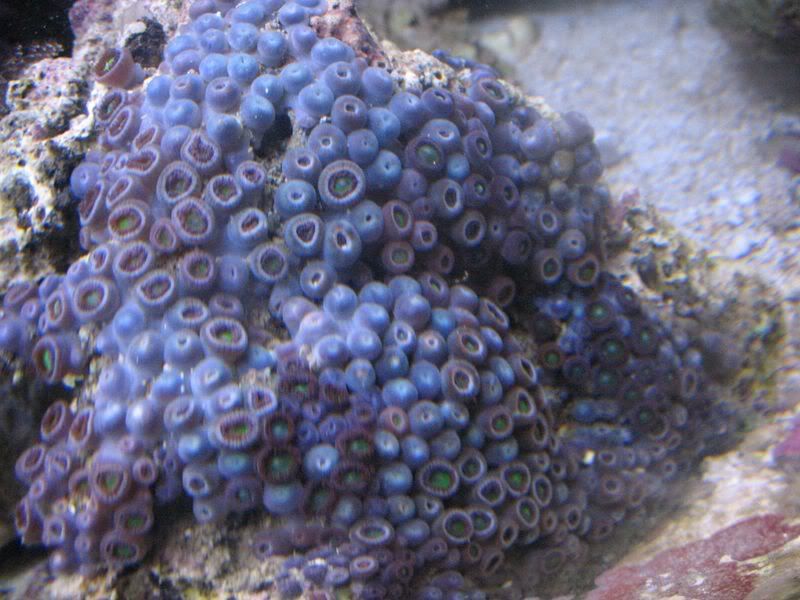
After a week's rest, CURED! White specs in the following pic are sand.
* Date: 2008.01.04
* By: Duane
* Subject: easy mixing instructions
* Message:
I have found a SUPER EASY and MUCH less messy way to mix up your dip solution when using FuranII to cure zoa fungus and Zoa poax.
1. Take a gallon ziplock bag, or fish store bag and put in the desired amount of water.
2. Pry open each capsule one at a time and carefully dump them in the bag.
3. Twist the bag, hold the end, and shake it up.
The FuranII powder mixes about 10 times faster that way and it is much less messy.
Hope this helps folks out, and makes life a little easier that need to use the FuranII cure!
Thanks,
Duane
( AKA The Propagator on NR.com and The Fragmaster on Clubzoa.com)
Taken From: http://www.zoaid.com/articles004.p
Written by: Thanh Nguyen & Reef Junkie
Contributions by: Who Dah?, Mr. Ugly, photographers listed in article, ZoaPox discussion on ReefCentral
Rev 1.4 2007.01.10
Many Zoanthid enthusiasts cringe at the thought of the disease coined 'Zoanthid Pox', 'ZoaPox', or 'Zoa Pox' and yet we still know little about it.
It starts with the formation of small yellowish/white marks on the outside stalks of Zoanthids. Eventually the polyps begin to close up and get covered with this 'Pox'. Finally, the afflicted polyps begin to recede and eventually die.
Entire colonies can be consumed by this affliction and the process can happen quickly on small colonies or can drag out for months on larger ones.
As a side note and as of the date of this article, Palythoa incidents seem isolated w/ no photographic proof of infection. There are some hobbyists that believe that Palythoa are immune due to their high concentrations of toxins, but this theory is a hypothesis only at this time.

Figure 1: A ZoaPox infected colony. (Image Provided by Kirk M from Reef Central.)
The Cause(s)
Although the exact cause is not known, there is speculation into what triggers ZoaPox. Most of this information was gathered by sharing symptoms throughout our fellow Zoanthid collecting hobbyists.

Figure 2: A receding colony infected with ZoaPox. (Image provided by bkiba from Reef Central.)
Naturally Triggered
There is speculation that the animals go into a sort of naturally triggered survival mode. Last year a strikingly large number of Zoanthid keepers on Reef Central reported the ZoaPox striking between October and December of 2005 when the Seasons and temperatures changed.
Carbon & Aggressive Skimming
Carbon & Aggressive Skimming may also play a role in the decline of Zoanthids. The reason for this is that both are very effective when it comes to stripping yellowing compounds from Aquarium water. The sudden clarity in the water means increased light penetration. This increased light penetration can cause Xooxanthellae to go into overdrive, forcing the host organism to expel the Xooxanthellae, which is also known as bleaching.
It has been long known that sudden Aquarium water clarity can cause bleaching in LPS and SPS corals in Aquariums that do not normally run Carbon, skim heavy or do not have their Carbon replaced frequently. (Carbon tends to strip fewer nutrients from the water over time and eventually stops working altogether, skimmers need to be cleaned often)
While most Palythoa type Zoanthids will expel their Xooxanthellae (bleach), Zoanthid type polyps do not seem to be as effective at doing this.
In LPS & SPS the results are the same, the coral turns white.
It is possible that Zoanthids cannot expel their Xooxanthellae as quickly as Palythoa, LPS and SPS and therefore may suffer from a toxic buildup of oxygen in their tissues. In Zoanthids, this can lead to retraction, recession and sometimes death!
Attempted Cures
Aquarists that have found their colonies infected with ZoaPox have attempted many different ways to eradicate the disease.
* Fresh Water Dips
* Dips in Strong or weak Lugols solution
* Tetracycline Dips
* Air drying for long periods of time (5 hours)
* Physical removal
* Fragging the colonies
* all of the above!
Most of these techniques have done nothing to halt the progression of the disease. Much to the dismay of the tester, some of these methods killed the colonies altogether.
Some have even had limited success with adding antioxidants (vitamins) to their Aquariums directly. (Very modest doses to prevent algae blooms)
Or even soaking the colonies in a separate container with tank water and crushed vitamins like Vitamin C. Which would be the preferred (albeit time consuming) method. This method is not guaranteed to work and sometimes can cause severe algae blooms, use with caution.
Another proven (by repeated tests) method for eradicating the pox is to remove them from the Aquarium altogether and placing them in another Aquarium with fresh saltwater. (With no water from the Aquarium with the afflicted colonies).

Figure 3: Water changes are crucial in helping stem this problem. (Image provided by Reef Junkie from Reef Central.)
Preventative Maintenance
Since there are so many coincidences when Zoanthid Pox strike, here is a list of some measures Aquarists should consider before the Zoanthid Pox season starts:
1. Check and clean all heaters in the Aquarium. Temperature change seems to play a role in the appearance of the Zoanthid Pox. Keeping your equipment working properly is key. Consider upgrading your heaters if they do not effectively warm the tank water.
2. Check and clean all Powerheads. Since water circulation is the life blood of your Aquarium, keeping them clean and properly functioning will make a huge difference.
3. Keep up with your preventative maintenance. Keep up with your preventative maintenance. Performing regular water changes, changing out old exhausted filter media (Polyfilter Pads, Carbon, phosban) will insure that you do not shock your system by letting it sit too long and then changing it. Also cleaning skimmers, canisters and any other mechanical filter will also insure stability and reduce shock from sudden cleaning and water clarity.
4. Finally, look with your eyes, not with your hands. It is sometimes difficult to do, but your animals will grow and prosper much faster the less you touch or move them. Sometimes it is necessary to do because a fish knocked the coral over, so take the time and mount the coral correctly the first time. Constantly touching a coral will stress it out, stunt it's growth and even cause it to recede and die.
A Cure
Thanh Nguyen has discovered a repeatable cure to Zoanthid Pox!
Now that we know a little more about the problem, here is the rest of the article about the solution provided by Thanh Nguyen.
An Intrepid Aquarist by the name of Thanh Nguyen has made some remarkable leaps in reversing the Zoanthid Pox with Furan-2.
Thanh moved to America from his native country of Vietnam in 1990 looking for a better life. He lived in California for 7 years and then moved to Maryland in 1997 to help his mother who was ill with a brain tumor. She needed surgery and support from her family.
He has always loved tropical fish and his first Salt water Aquarium was a 55 gallon Aqua-clear 500. Like most of us he had his ups and downs keeping a saltwater Aquarium. He then began specializing in fresh water fish and as a result had a lot of success with Furan-2.
Years later in June 2006 he started a new 75 gallon Reef Aquarium keeping Exotic Zoanthids, SPS, LPS and fishes.
He considers himself new to the hobby, but the information he has listed below is priceless and makes him wise beyond his years!
What is Furan-2?
Thanh states: I used to be a Discus hobbyist and fungus is a common illness for these fishes. Furan-2 is often used to cure fungus and it has worked for me for many times.
Furan-2 tablets are effective against a wide variety of gram positive and gram negative bacterial diseases for freshwater and saltwater fish. This medication will cause a harmless green color in the aquarium, which can be removed with activated carbon. This medication can be used in conjunction with Aquarium Pharmaceuticals anti-parasitic medications. This medication will not harm the biological filter in fresh or saltwater aquariums.
For treatment of: Dropsy, furunculosis, gill disease, fin and tail rot and black molly disease.
Instructions (as per the manufacture):
1. Use one capsule for every 10 gallons of aquarium water
2. Wait 24 hours and repeat dose
3. Wait another 24 hours and make a 25% water change
4. Repeat this treatment for a second time for a total of 4 doses of Furan-2
5. Make a final 25% water change and add fresh activated carbon
6. Repeat if necessary
Ingredients:
Each capsule of Furan-2 contains:
* 60mg Nitrofurazone
* 25mg Furazolidone
* 2mg Methylene Blue Trihydrate
Additional requirements for treatment:
* 1 cup of RO new saltwater (Update 2009.03.30: For the sake of clarity, we have edited this article to reflect that a cup of new saltwater, non-tank water but new saltwater of appropriate salinity, is needed. This reference change has been made several times in this article, but is only commented on here.)
* 1 capsule of Furan
* 1 extra cup of Aquarium Water (this is used to wash the Zoanthids after the treatment and before they are put back into your Aquarium; I do this because I don't want to risk Furan killing any of my fish or other corals).*
*Note: Through my experiment I found out that even if you don't wash your Zoanthid before putting it back into the main tank, it will not hurt any live stock or corals, (I have tested this on my own). But I'm washing it anyway just to be on the safe side. (ZoaID.com notes: t is always a good idea to target treat infected animals vs. a global tank treatment when possible!)
PH, Temp, and Salinity Level:
Make sure you match the temp, pH, and salinity level of your RO new saltwater to your current tank before the treatment.
Procedure:
* place 1 capsule into the RO new saltwater cup and mix it good until the RO new saltwater water turns green. Put the zoa in the Furan mix and leave it for xxx minutes. I recommend at least 15 min but not more than 30 min.
* After the treatment, wash the zoas in your tank water on the other cup you had put aside. Then put the zoas back in the tank where there is a stronger flow.
*Note: Your zoa will have a green dye to its body but it is fine. The green dye should fade away in a day or two.
Do 3 treatments in a row then let it rest for 4-7 days; depending on the condition of your Zoanthids. If the ZoaPox is still on the Zoanthids then continue with another three treatments. But make sure you let it rest 4-7 days after every 3 treatments.
Temp:
Keep in mind; during the treatment I slowly increase my temp from 78 to 81-82. Furan works best in higher heat. But I would not go over 82. In freshwater I bump it up to 84-86 for Furan treatment against fungus.
Water Changes:
I also increase my water changes from 5 gal per week to 10 gal every 3 days. (This is in a 75G tank.)
*Note: I did another test on the effectiveness of water change. With water changes my Zoanthids seem to recover quicker. On the other hand, Zoanthids that receive no water changes still recover, but it just takes longer.
Recommended Instructions for long-term treatment of ZoaPox:
1st WEEK
* Day 1: 1st treatment started with 20 min dip
* Day 2: 2nd treatment started with 20 min dip
* Day 3: 3rd treatment started with 20 min dip
Let the colony rest for 1 week
*Note: If your Zoanthid has recovered and you still want to do another dip, please reduce the amount of dipping time when you do so. Also, you don't have to do another treatment if your Zoanthid is completely healed. I'm doing another treatment on mine just to make sure the ZoaPox is completely eradicated.
2nd WEEK
* Day 1: 4th treatment started with 10 min dip
* Day 2: 5th treatment started with 10 min dip
* Day 3: 6th treatment started with 10 min dip
Pictorial Log:

Figure 4: Here is what my Zoanthid looked like when it first arrived. (Image provided by Thanh Nguyen.)

Figure 5: Here is an out of water picture from when my Zoanthid got infected. (Image provided by Thanh Nguyen.)

Figure 6: Another shot of the infected Zoanthid colony in actinic. (Image provided by Thanh Nguyen.)

Figure 7: Another out of water shot. (Image provided by Thanh Nguyen.)

Figure 8: Zoanthid colony after 1st treatment. (Image provided by Thanh Nguyen.)

Figure 9: Zoanthid colony on its 2nd day after the treatment. (Image provided by Thanh Nguyen.)

Figure 10: Zoanthid colony on its 3rd day after treatment. You can see some of the white pox have already disappeared. (Image provided by Thanh Nguyen.)

Figure 11: Another shot of the Zoanthid on its 3rd day after the treatment. The polyps have already started to open up and the white pox marks have almost completely disappeared. (Image provided by Thanh Nguyen.)

Figure 12: After about a week of rest, here is an update picture of the Zoanthid out of water. Comparing this picture to the first in the set and it is clear that the ZoaPox marks have completely disappeared! (Image provided by Thanh Nguyen.)

Figure 13: Another side shot of the colony after one week. (Image provided by Thanh Nguyen.)

Figure 14: Yet another side shot of the colony. (Image provided by Thanh Nguyen.)

Figure 15: After 2 1/2 weeks after the treatment, the colony is open and returning to life. (Image provided by Thanh Nguyen.)

Figure 16: Another shot under actinic lighting. (Image provided by Thanh Nguyen.)

Figure 17: Almost all of the polyps have already opened. (Image provided by Thanh Nguyen.)
Conclusion:
I have been using Furan-2 for quite some time now. I wish I could prove medically and/or scientifically that Furan-2 really works on ZoaPox, but I think from my own experience and demonstrations, Furan-2 is 'clinically proven' to be the cure for ZoaPox.
All the best,
- Thanh
ZoaID.com would like to take this moment to extend a special thanks to Thanh for sharing this with us and allowing ZoaID.com to present it. Thanks Thanh!!!
Please feel free to e-mail ZoaID with any information and pictures of the Zoanthid Pox you might have using the 'Contact Us' link on the left hand menu.
Sincerely,
-ZoaID.com Team
* Date: 2007.04.12
* By: d.grcich
* Subject: Zoa Pox Treatment pics
* Message: Used furon-2 in a dose of 1 capsule per 3 cups of water. Put rock in a bag to increase dosage and decrease amount of water needed to submerge the whole rock. Dosed for about 20 minutes per dip.

Zoa pox rock after the first treatment, Day 1:

Zoa pox rock after the second treatment, Day 2:

Zoa pox rock after the third treatment, Day 3:

Zoa pox rock after the fourth treatment, Day 4:

After a week's rest, CURED! White specs in the following pic are sand.
* Date: 2008.01.04
* By: Duane
* Subject: easy mixing instructions
* Message:
I have found a SUPER EASY and MUCH less messy way to mix up your dip solution when using FuranII to cure zoa fungus and Zoa poax.
1. Take a gallon ziplock bag, or fish store bag and put in the desired amount of water.
2. Pry open each capsule one at a time and carefully dump them in the bag.
3. Twist the bag, hold the end, and shake it up.
The FuranII powder mixes about 10 times faster that way and it is much less messy.
Hope this helps folks out, and makes life a little easier that need to use the FuranII cure!
Thanks,
Duane
( AKA The Propagator on NR.com and The Fragmaster on Clubzoa.com)
Taken From: http://www.zoaid.com/articles004.p